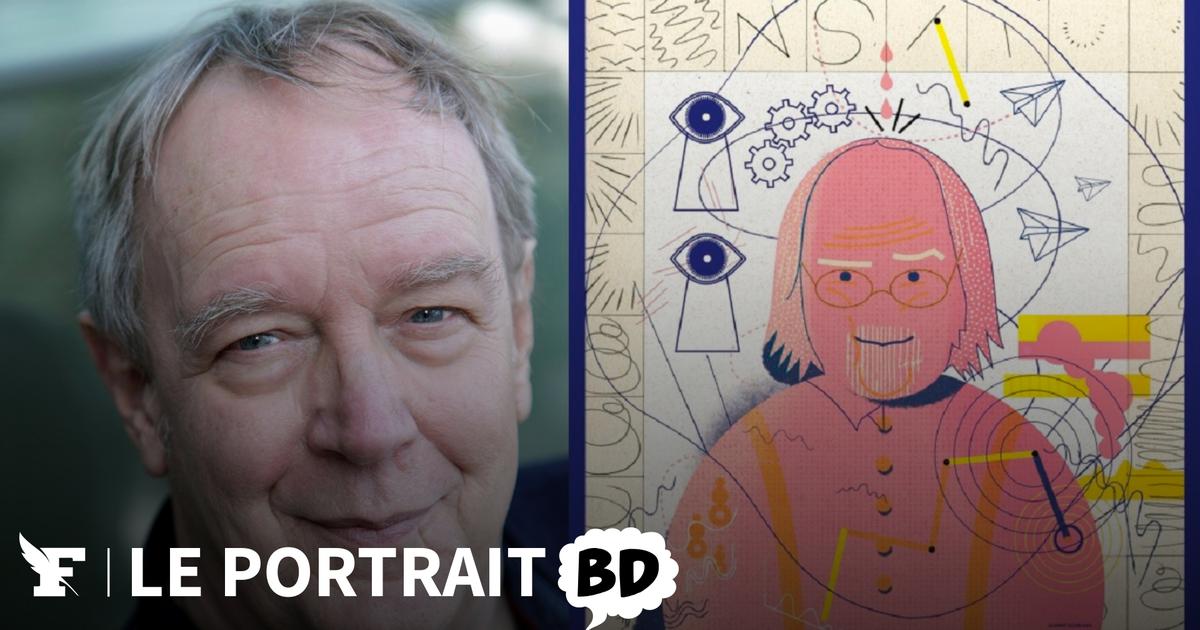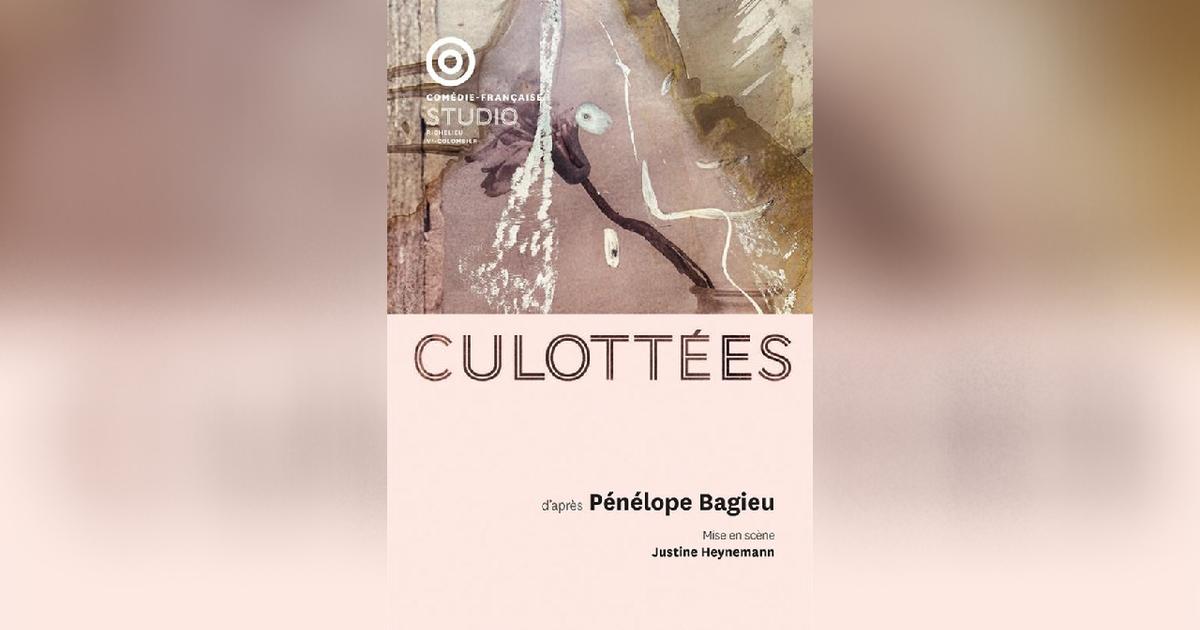In the midst of the confinement that Italy experienced at the beginning of the pandemic —when the confusion grew by the minute and deaths began to devastate Europe— the screenwriter Valentina Grande and the illustrator Eva Rossetti worked from their homes on one of the stories that make up their comic
Feminist Art
(Liana Editorial): the one dedicated to the ill-fated Cuban creator Ana Mendieta (1948-1985).
Of the four artists and collectives that they chose as axes of representation of the history of feminist art —that is, "not the one made by women, but with a political charge", as Grande points out—, they found it the "hardest" to draw forward.
“Italy was the first western country that the covid reached,” recalls Rossetti.
“It was all very sad: many people died in the north of the country and suddenly we all found ourselves locked up, unable to even take a walk and having to provide police certificates if we wanted to leave.
It was all absurd and brand new, we were in
shock
.
I remember a gray and rainy afternoon while we were working on the Mendieta chapter, whose story is the darkest because he died young and in a very violent way.
He was very absorbing, I remember him in a very melancholic way.
Double page of the comic 'Feminist Art'.
Mendieta, an exponent of
land art
and a pioneer, as Grande points out, of ecofeminism in art, fell from the 34th floor of her New York apartment at dawn on September 8, 1985, when she was 36 years old.
Her husband, the minimalist sculptor Carl Andre, with whom the neighbors had heard her shouting that night, was tried for the facts and acquitted.
Over the years, the feminist movement
Where is Ana Mendieta?,
whose first action took place in 1992 at the gates of the Guggenheim Museum in New York, which included Andre's work in an exhibition but left Mendieta aside, pushing her into the abyss of oblivion, has been gaining followers.
The works of the Cuban, linked to the veneration of nature and the idea that people form part of it as a great whole, explored in a clairvoyant way concepts that over time have also climbed positions in the collective debate, from the edges of identity to the silences of sexual violence.
“In the same period as Ana Mendieta, Judith Butler was working on her first essay, so I intertwine the art of one with the theories of the other, those that speak of the parts of ourselves that can be expressed through language. body”, says the scriptwriter.
If Mendieta exalted as the artist of the body, before her the American Judy Chicago was the transformer of the meaning of the word.
“She decided to change her name [her birth name is Judith Sylvia Cohen], after the Black Panthers,” Grande explains.
Her work, crossed by the idea of resistance, "focuses on the idea that words are political."
White and of
wasp origin
(white, Anglo-Saxon and Protestant), the vision of Chicago is followed by the anti-racist and anti-colonial contribution of the African-American Faith Ringgold, who among many other things elevated textiles to the category of art.
"She was a painter, but she decided to start working on her quilts," says the screenwriter, pieces inspired by the blankets that the slaves embroidered for their masters while they told each other stories.
From the individual to the collective point of view, the last chapter of the comic is dedicated to the Guerrilla Girls, a polyphony of anonymous voices that is at the heart of the concept of “intersection”, so crucial within feminism.
“They focus on all the big problems in society,” adds Grande.
“Identity, sexual orientation, class…”.
Double page of the comic 'Feminist Art'.
Had more space been available, the book would have grown with the contributions of artists from other origins, such as the Europeans Gina Pane and Carla Accardi and the South American María Galindo.
"But we prefer to focus on the same period, the eighties, and the same place, New York, and reflect it through artists who focused on different issues," says the screenwriter, also a teacher, who had previously worked with Rossetti, the illustrator, in a comic about the elusive writer JD Salinger.
If the work of those women continues to be relevant, Grande points out, it is because, although feminism advances, one step always necessarily follows the previous one.
“Today, feminism is an important issue in the global debate, but at that time these artists already advanced issues that are still open today,” she sums up.
Subscribe to continue reading
Read without limits
Keep reading
I'm already a subscriber

/cloudfront-eu-central-1.images.arcpublishing.com/prisa/XJET64Y2FZBRRNT6H2MSOXA4XI.jpg)
/cloudfront-eu-central-1.images.arcpublishing.com/prisa/DNRYCWU6TFHD5AKHCDDWYTYIRY.jpg)






